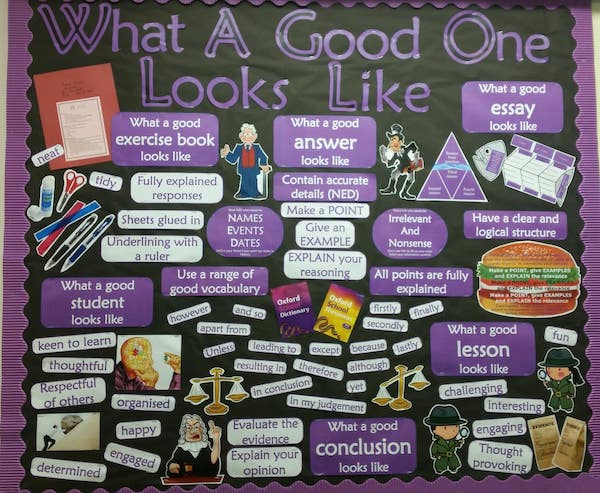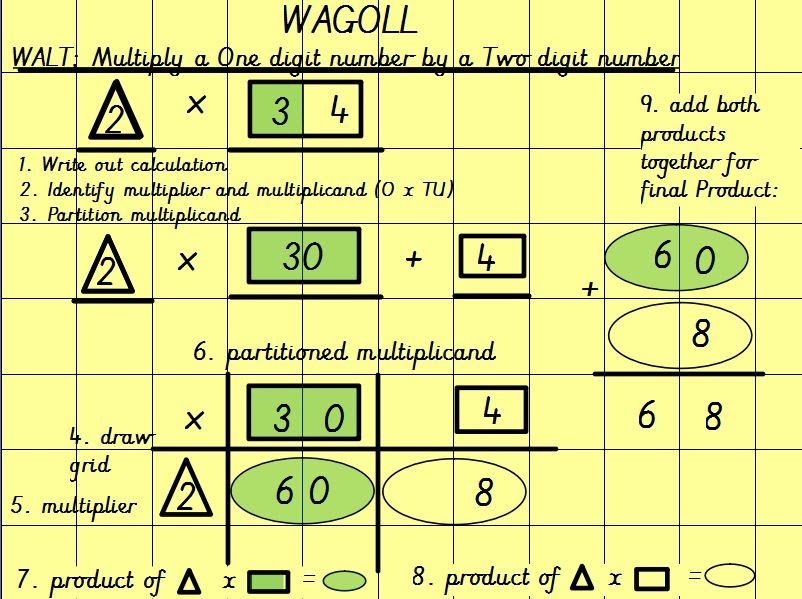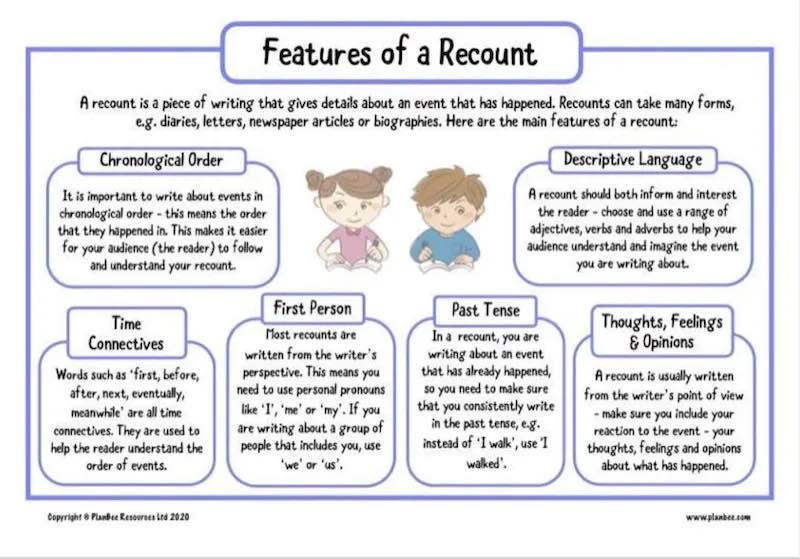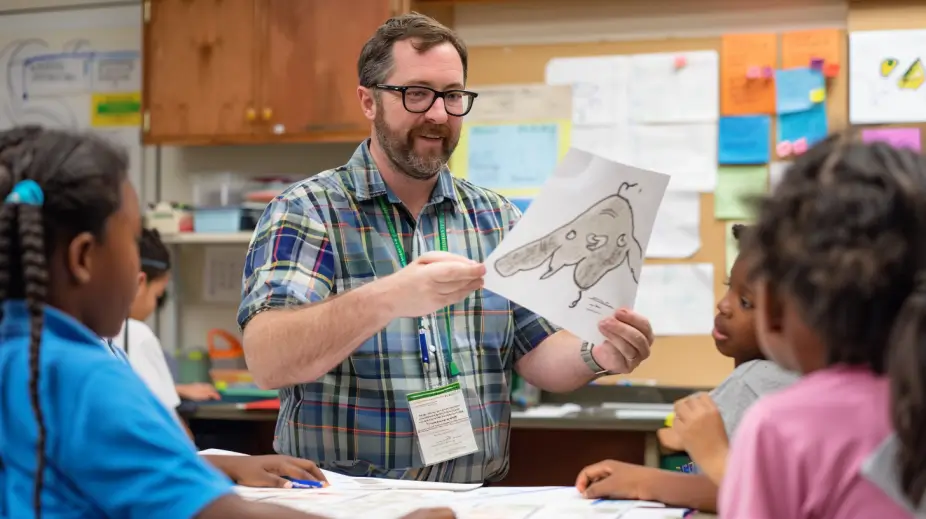WAGOLL: Using Exemplars to Improve Student Writing
Complete 2025 guide to WAGOLL (What A Good One Looks Like) for UK teachers. Free modelling strategy, best practices, and how to create effective examples across subjects.


The term "WAGOLL," which stands for "What A Good One Looks Like," refers to high-quality models or examples that teachers use to guide students toward producing exceptional writing. These models are integral in teaching various forms of non-fiction writing, such as explanation texts and non-chronological reports, and are particularly valuable in developing effective literacy skills. By clearly demonstrating what excellent writing entails, WAGOLLs enable students to grasp the essential attributes of strong, effective writing.
Primarily employed as a tool in writing instruction, WAGOLLs facilitate a deeper understanding by providing concrete examples of successful work. This practice helps students identify and internalize the specific skills and knowledge necessary to excel in writing tasks. By integrating these exemplary models into classroom activities, educators give students the chance to dissect and comprehend the components of quality writing, enhancing their learning process.
WAGOLLs also serve a critical role in setting clear academic standards and expectations. They outline the level of achievement that students should strive for in order to meet the objectives of the lesson. Regarded as a foundational element in literacy education, these models offer rich opportunities for students to engage more profoundly with the lesson's goals and allow for meaningful exploration through comprehension questions. This strategic use of WAGOLLs not only elevates students' writing capabilities but also boosts their confidence in applying these skills independently.
Teachers may use WAGOLL as a visual aid to bring creativity in class at any time during lessons. Following are some of the ways teachers can use WAGOLL in their day to day teaching:
Success Criteria: WAGOLL can be used to give students a ‘Success Criteria’ or to show them what worked well in creating a piece of writing. By doing so, teachers would help their students understand the steps they must take for effective writing.
Self-assessment: WAGOLL resources can be used to help students perform peer and self-assessment. This would help students to mark their work and they would be able to identify what exactly is needed to create a WAGOLL.
Motivation: Teachers may use WAGOLL to help motivate their students to improve their work. Teachers may use their highest-quality model texts, what they have composed as a WAGOLL example, to show that their students are doing great.
Creativity: If their students show a lack of inspiration, teachers may show WAGOLL resources to the students. By doing so, they would help students to adapt ideas and bring creativity to their writing skills.
Better Understanding: Teachers may use WAGOLL resources while introducing their students to a new style of writing. By showing it to the students, teachers would help their students to visualise and understand it better.

An abundance of aspiration, powerful success criteria and detailed model texts, will help children create the best of their work.
In short, WAGOLL resources act as the most effective approaches to classroom innovation that help students to find positive approaches to success. The ability to mark their work, wouldn't only save teachers' time but may also create independence in students. Children may develop a better understanding of text structure and improve their reading skills at the same time.

Non-chronological writing in educational settings offers a unique approach to narrative construction, emphasizing the manipulation of time to enhance storytelling. This style does not adhere to a traditional cause-and-effect sequence but strategically reveals details to build tension or highlight specific aspects of a story. For instance, the effects of certain actions within a story might be presented upfront, deviating from a linear progression to engage the reader's curiosity and maintain suspense.
Despite this non-linear narrative style, non-chronological writing maintains a coherent structure, typically with a defined beginning, middle, and end. This structure meets readers' expectations and maintains their interest, encouraging continued engagement with the text.
In an educational context, such as in primary schools, non-chronological reports are utilized to teach students about a wide array of topics—from sports and religions to countries and celestial bodies. These reports focus on detailing a single subject without the constraints of chronological order, providing a rich exploration of the topic.
Teachers often introduce this form of writing by presenting students with model texts or resource packs showcasing exemplary non-chronological reports. These models highlight essential features of effective reports:
Through classroom activities, students are encouraged to examine these reports, identify their structural features, and engage in creating their own. Teachers guide students from the initial research phase, using tools like spider diagrams for note-taking, through drafting and revising their texts.
Peer editing and teacher feedback are integral to this process, helping students refine their work. Ultimately, students are tasked with producing a polished report that incorporates not only factual accuracy and thorough research but also visually appealing elements and clear, accessible language. This holistic approach not only improves their writing skills but also deepens their understanding of the subject matter.

WAGOLL (What A Good One Looks Like) is a powerful strategy that can be instrumental in promoting student independence, particularly in the realm of writing. Here's how this technique can be applied to foster effective and confident writers:
In a lesson on persuasive writing, a teacher might present a WAGOLL example of a persuasive letter. Students analyze the key features, such as the introduction, supporting arguments, and conclusion. They then apply these insights to their writing, crafting persuasive letters on topics they are passionate about.

WAGOLL (What A Good One Looks Like) remains a fundamental teaching strategy requiring no subscription or purchase.
Free - WAGOLL is a teaching methodology, not a product. Teachers create their own examples or use freely available resources.
The following studies collectively provide insights into the principles and efficacy of using WAGOLLs in teaching, emphasizing the importance of real texts and exemplary writing in helping primary students develop key writing skills and confidence.
1. Vrieling, E., Bastiaens, T., & Stijnen, S. (2011). Process-oriented design principles for promoting self-regulated learning in primary teacher education. International Journal of Educational Research, 49, 141-150.
This study discusses the design principles for promoting self-regulated learning among primary teacher education students. It emphasizes the importance of providing real texts and examples to help primary students understand key features of good writing and develop as confident and independent writers.
2. Calderhead, J., & Robson, M. (1991). Images of teaching: Student teachers' early conceptions of classroom practice. Teaching and Teacher Education, 7, 1-8.
This research explores the early conceptions of teaching held by student teachers and their influence on classroom practice. The findings highlight the significance of using exemplary pieces of writing and other real texts to illustrate good writing practices, thereby enhancing the accessibility and challenge for children in learning to write effectively.
3. Wang, C. (2012). On the Strategies of Participation in English Class Activities in Primary School. Journal of Chongqing College of Electronic Engineering.
This article examines strategies to encourage student participation in English class activities, focusing on the role of exemplary texts in teaching. It suggests that using WAGOLLs can help primary students recognize the key features of good writing, fostering their development as confident and independent writers.
4. Selvianiresa, D., & Prabawanto, S. (2017). Contextual Teaching and Learning Approach of Mathematics in Primary Schools. Journal of Physics: Conference Series, 895.
The study evaluates the effectiveness of the Contextual Teaching and Learning (CTL) approach in primary mathematics education. It shows that using real-life contexts and exemplary texts can enhance students' understanding of both foundational and advanced math concepts, making learning more meaningful and accessible for children.
5. Edwards, A., & Ogden, L. (1998). Constructing curriculum subject knowledge in primary school teacher training. Teaching and Teacher Education, 14, 735-747.
This study investigates how primary school teacher mentors support student teachers in implementing curriculum tasks aimed at active learning. It highlights the use of WAGOLLs in developing student teachers' understanding of good teaching practices, enabling them to create more effective and engaging lessons for primary students.
The term "WAGOLL," which stands for "What A Good One Looks Like," refers to high-quality models or examples that teachers use to guide students toward producing exceptional writing. These models are integral in teaching various forms of non-fiction writing, such as explanation texts and non-chronological reports, and are particularly valuable in developing effective literacy skills. By clearly demonstrating what excellent writing entails, WAGOLLs enable students to grasp the essential attributes of strong, effective writing.
Primarily employed as a tool in writing instruction, WAGOLLs facilitate a deeper understanding by providing concrete examples of successful work. This practice helps students identify and internalize the specific skills and knowledge necessary to excel in writing tasks. By integrating these exemplary models into classroom activities, educators give students the chance to dissect and comprehend the components of quality writing, enhancing their learning process.
WAGOLLs also serve a critical role in setting clear academic standards and expectations. They outline the level of achievement that students should strive for in order to meet the objectives of the lesson. Regarded as a foundational element in literacy education, these models offer rich opportunities for students to engage more profoundly with the lesson's goals and allow for meaningful exploration through comprehension questions. This strategic use of WAGOLLs not only elevates students' writing capabilities but also boosts their confidence in applying these skills independently.
Teachers may use WAGOLL as a visual aid to bring creativity in class at any time during lessons. Following are some of the ways teachers can use WAGOLL in their day to day teaching:
Success Criteria: WAGOLL can be used to give students a ‘Success Criteria’ or to show them what worked well in creating a piece of writing. By doing so, teachers would help their students understand the steps they must take for effective writing.
Self-assessment: WAGOLL resources can be used to help students perform peer and self-assessment. This would help students to mark their work and they would be able to identify what exactly is needed to create a WAGOLL.
Motivation: Teachers may use WAGOLL to help motivate their students to improve their work. Teachers may use their highest-quality model texts, what they have composed as a WAGOLL example, to show that their students are doing great.
Creativity: If their students show a lack of inspiration, teachers may show WAGOLL resources to the students. By doing so, they would help students to adapt ideas and bring creativity to their writing skills.
Better Understanding: Teachers may use WAGOLL resources while introducing their students to a new style of writing. By showing it to the students, teachers would help their students to visualise and understand it better.

An abundance of aspiration, powerful success criteria and detailed model texts, will help children create the best of their work.
In short, WAGOLL resources act as the most effective approaches to classroom innovation that help students to find positive approaches to success. The ability to mark their work, wouldn't only save teachers' time but may also create independence in students. Children may develop a better understanding of text structure and improve their reading skills at the same time.

Non-chronological writing in educational settings offers a unique approach to narrative construction, emphasizing the manipulation of time to enhance storytelling. This style does not adhere to a traditional cause-and-effect sequence but strategically reveals details to build tension or highlight specific aspects of a story. For instance, the effects of certain actions within a story might be presented upfront, deviating from a linear progression to engage the reader's curiosity and maintain suspense.
Despite this non-linear narrative style, non-chronological writing maintains a coherent structure, typically with a defined beginning, middle, and end. This structure meets readers' expectations and maintains their interest, encouraging continued engagement with the text.
In an educational context, such as in primary schools, non-chronological reports are utilized to teach students about a wide array of topics—from sports and religions to countries and celestial bodies. These reports focus on detailing a single subject without the constraints of chronological order, providing a rich exploration of the topic.
Teachers often introduce this form of writing by presenting students with model texts or resource packs showcasing exemplary non-chronological reports. These models highlight essential features of effective reports:
Through classroom activities, students are encouraged to examine these reports, identify their structural features, and engage in creating their own. Teachers guide students from the initial research phase, using tools like spider diagrams for note-taking, through drafting and revising their texts.
Peer editing and teacher feedback are integral to this process, helping students refine their work. Ultimately, students are tasked with producing a polished report that incorporates not only factual accuracy and thorough research but also visually appealing elements and clear, accessible language. This holistic approach not only improves their writing skills but also deepens their understanding of the subject matter.

WAGOLL (What A Good One Looks Like) is a powerful strategy that can be instrumental in promoting student independence, particularly in the realm of writing. Here's how this technique can be applied to foster effective and confident writers:
In a lesson on persuasive writing, a teacher might present a WAGOLL example of a persuasive letter. Students analyze the key features, such as the introduction, supporting arguments, and conclusion. They then apply these insights to their writing, crafting persuasive letters on topics they are passionate about.

WAGOLL (What A Good One Looks Like) remains a fundamental teaching strategy requiring no subscription or purchase.
Free - WAGOLL is a teaching methodology, not a product. Teachers create their own examples or use freely available resources.
The following studies collectively provide insights into the principles and efficacy of using WAGOLLs in teaching, emphasizing the importance of real texts and exemplary writing in helping primary students develop key writing skills and confidence.
1. Vrieling, E., Bastiaens, T., & Stijnen, S. (2011). Process-oriented design principles for promoting self-regulated learning in primary teacher education. International Journal of Educational Research, 49, 141-150.
This study discusses the design principles for promoting self-regulated learning among primary teacher education students. It emphasizes the importance of providing real texts and examples to help primary students understand key features of good writing and develop as confident and independent writers.
2. Calderhead, J., & Robson, M. (1991). Images of teaching: Student teachers' early conceptions of classroom practice. Teaching and Teacher Education, 7, 1-8.
This research explores the early conceptions of teaching held by student teachers and their influence on classroom practice. The findings highlight the significance of using exemplary pieces of writing and other real texts to illustrate good writing practices, thereby enhancing the accessibility and challenge for children in learning to write effectively.
3. Wang, C. (2012). On the Strategies of Participation in English Class Activities in Primary School. Journal of Chongqing College of Electronic Engineering.
This article examines strategies to encourage student participation in English class activities, focusing on the role of exemplary texts in teaching. It suggests that using WAGOLLs can help primary students recognize the key features of good writing, fostering their development as confident and independent writers.
4. Selvianiresa, D., & Prabawanto, S. (2017). Contextual Teaching and Learning Approach of Mathematics in Primary Schools. Journal of Physics: Conference Series, 895.
The study evaluates the effectiveness of the Contextual Teaching and Learning (CTL) approach in primary mathematics education. It shows that using real-life contexts and exemplary texts can enhance students' understanding of both foundational and advanced math concepts, making learning more meaningful and accessible for children.
5. Edwards, A., & Ogden, L. (1998). Constructing curriculum subject knowledge in primary school teacher training. Teaching and Teacher Education, 14, 735-747.
This study investigates how primary school teacher mentors support student teachers in implementing curriculum tasks aimed at active learning. It highlights the use of WAGOLLs in developing student teachers' understanding of good teaching practices, enabling them to create more effective and engaging lessons for primary students.